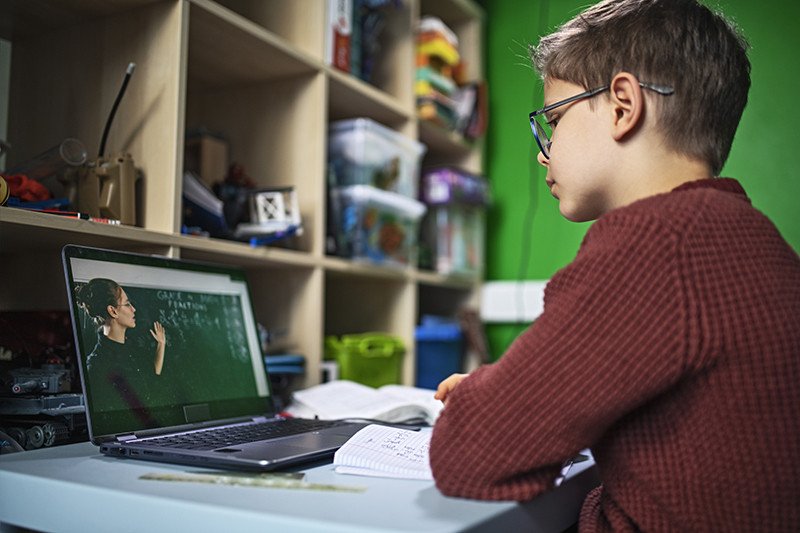As your partner in education, Macmillan Education would like to support you in adapting to the current situation, where your learners are not physically present in school but still have to be taught virtually.
For many teachers, taking a class online is a new learning experience. Many teachers are subject matter experts but they aren’t trained in online teaching. You need to change your approach from in-person teaching to an online platform. The course’s curriculum, content and delivery must be designed specifically for online learning. An online teacher must understand not only how learners learn but also how to leverage technology to help them take in and retain information.
Here are tips for all teachers who are working to quickly go online and for teachers and administrators who are calming the fears of parents who have never learned through online education and are fearful that their child will be left behind.
To begin online teaching – Pre-work is required by school principals and teachers
- School principal - Maintain a communication “hub” where you can update information for your learners and parents. Weekly updates should include the week’s schedule of assignments, instructions for completing and submitting work, reminders, and teacher contact information and availability.
- Teachers have to practice being themselves on camera—an attention-holding, confident and personable self. Take a deep breath and familiarize yourself with Zoom, Skype, Google Classroom.
- Send out an email/WhatsApp, setting expectations right for parents and giving an idea of the kind of support they need to provide to their children (in terms of laptop/desktop with Wifi) and a secluded area to study and stationery.
- Teachers to send mail/WhatsApp with parents sharing online link to connect, stationery, water bottle to be kept near learner and appropriate dressing.
- All teachers must have lessons plans for their daily classes – lesson plans to include engagement activities and include messaging in the chat box.
While teaching
- Teachers could record sessions, so that learners who do not have good internet can go back to the recording later.
- Teachers must keep props like flashcards, online and offline games, worksheets and music to keep the class engaging. Smiling and hand gestures keep learner focused.
- Teachers could also conduct quizzing exercises during the session and learners to do the questions in the notebooks. Answers will be mailed to parents.
- Teachers should email worksheets/projects as home tasks and give reading assignments.
- Teachers must encourage learners to connect with their classmates. Learners who are used to being in a classroom enjoy the ability to get together and ask questions of their fellow classmates, especially if they are struggling with a particular topic. Ask them to speak in your class sessions.
- Teachers could record themselves delivering a lesson that can be shared with your learners via URL or an email attachment. Recorded lessons create the opportunity to maintain your “presence” and to engage your learners as you would in the classroom, without having to get everyone in the same virtual room at the same time.
- Teachers can call learners who need additional support in their learning and provide personalized, targeted instruction over the phone.
- Ask learners which learning activities they enjoyed in order to better understand their interests and learning preferences.
- Ask Learners what material they found to be most challenging.
- Ask Learners content-based questions to assess their understanding and skill-development.
- Work through problems or questions together with the learner to hear their thinking and find opportunities for instruction.
- Teachers must design opportunities for hands-on learning. Suggest projects learners can complete in their homes that align to and enhance what they are learning in various content areas.
- Provide virtual enrichment opportunities for students such as puzzles, educational games, science experiments, and art projects.
- Assess learners learning. Teachers can share assessments via email attachment to be completed and emailed back and provide timely, specific, and instructionally focused feedback.
- Provide self-assessment opportunities so that learners can reflect on their learning and performance, set goals, and create action plans. Self-assessment strategies include learners’ reflections, rubrics, graphic organizers, oral assessments, and individual targets. Throughout the learning process, learners can ask themselves:
- Before: What are my learning goals? How will I achieve my goals?
- During: Am I making progress toward my goal? Am I sticking to my plan? Are my study and learning strategies effective?
- After: Did I achieve my learning goals? How effective was my plan? What would I do differently next time?
For help to begin online/virtual teaching see videos on this link
